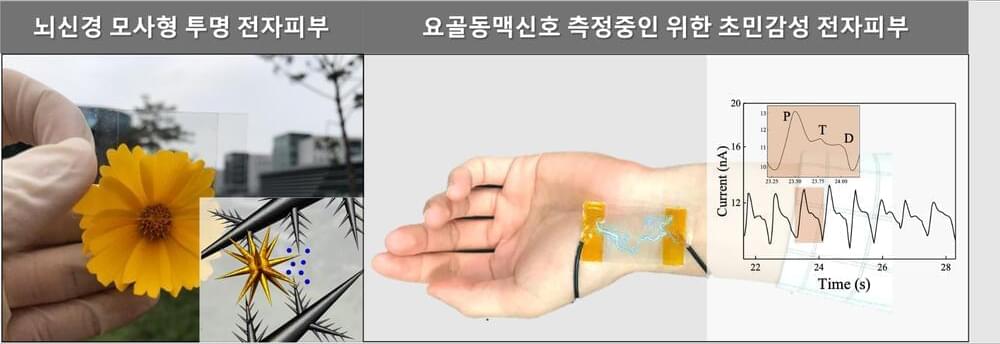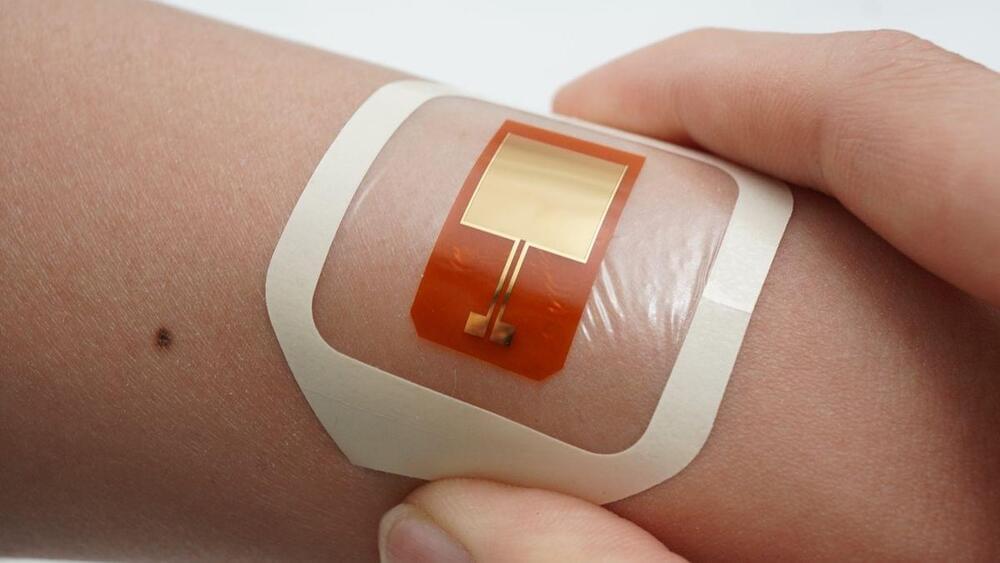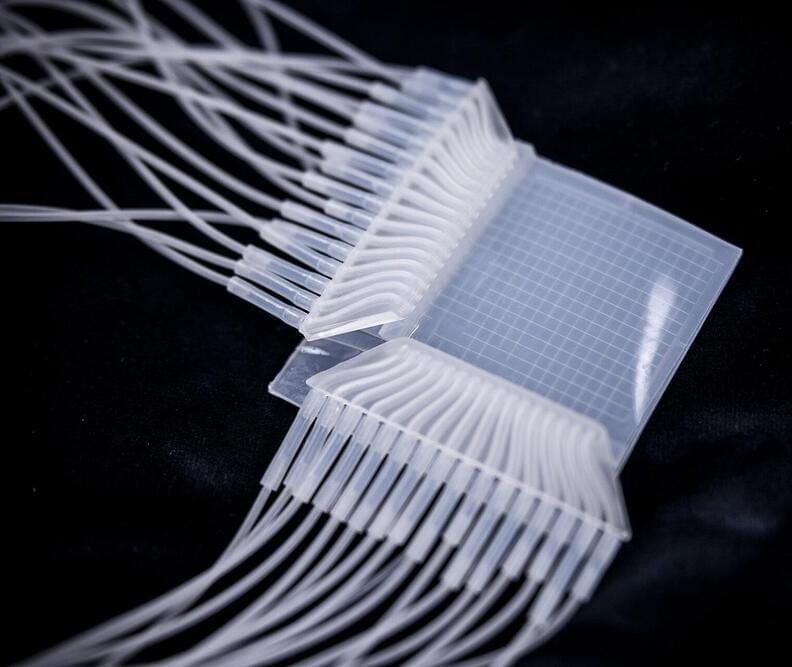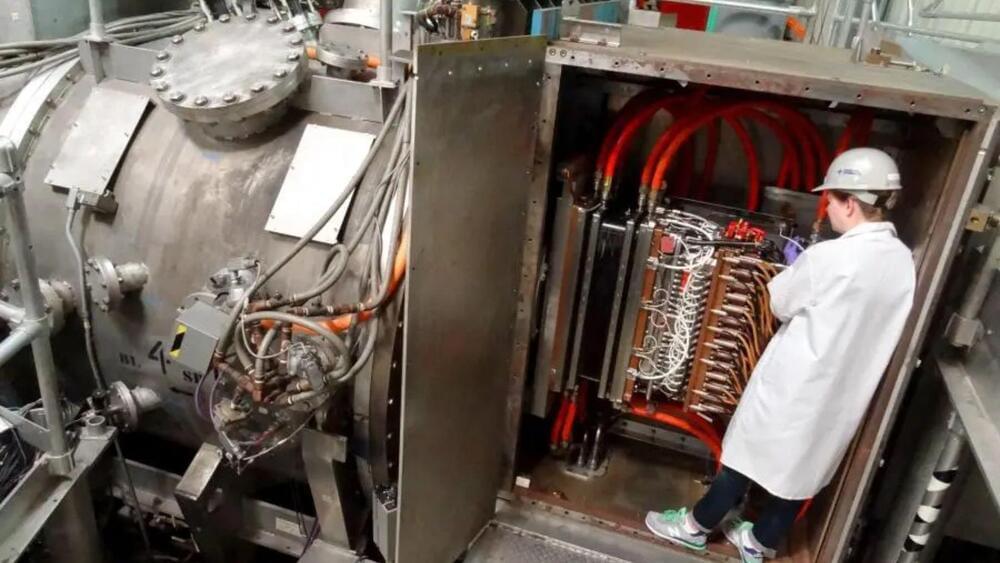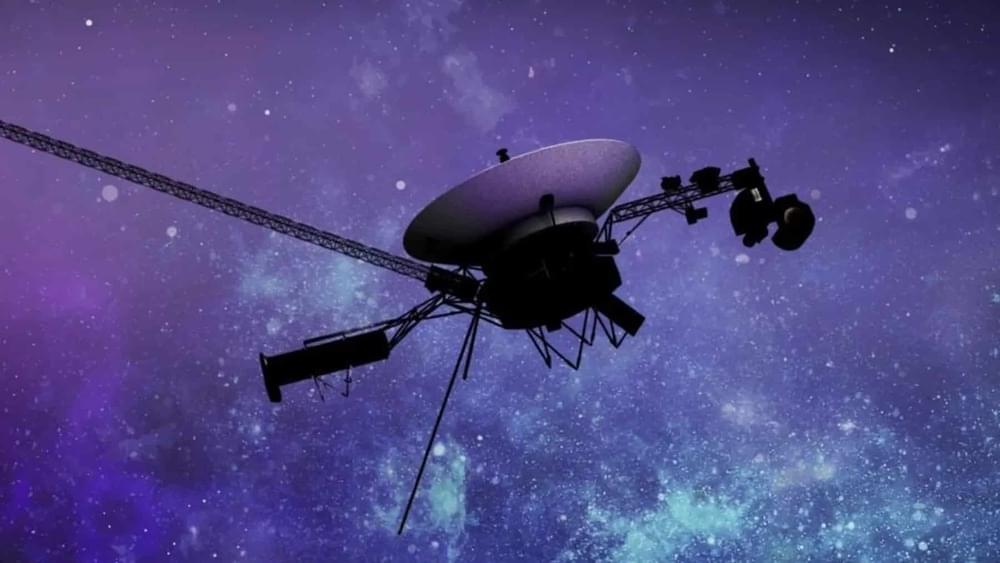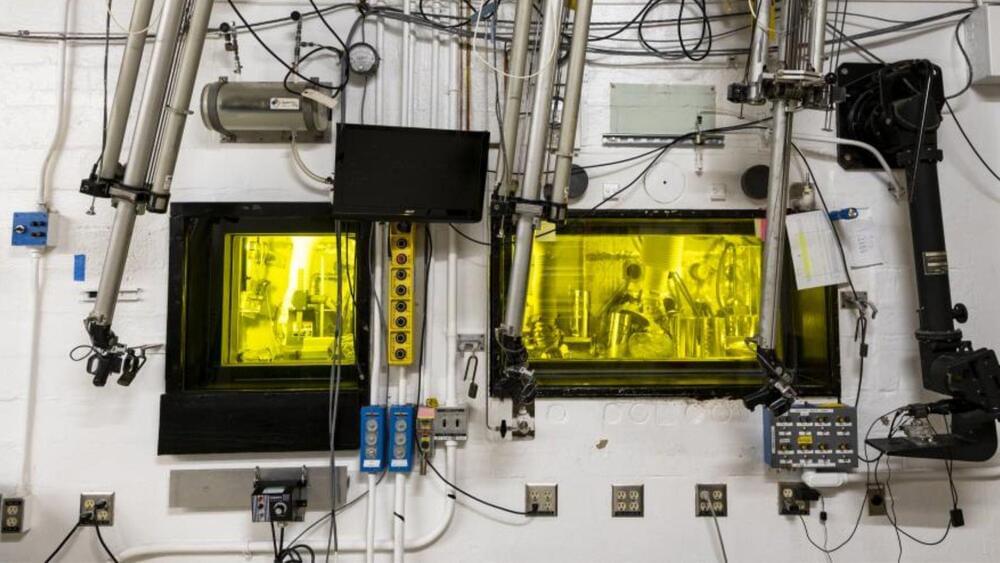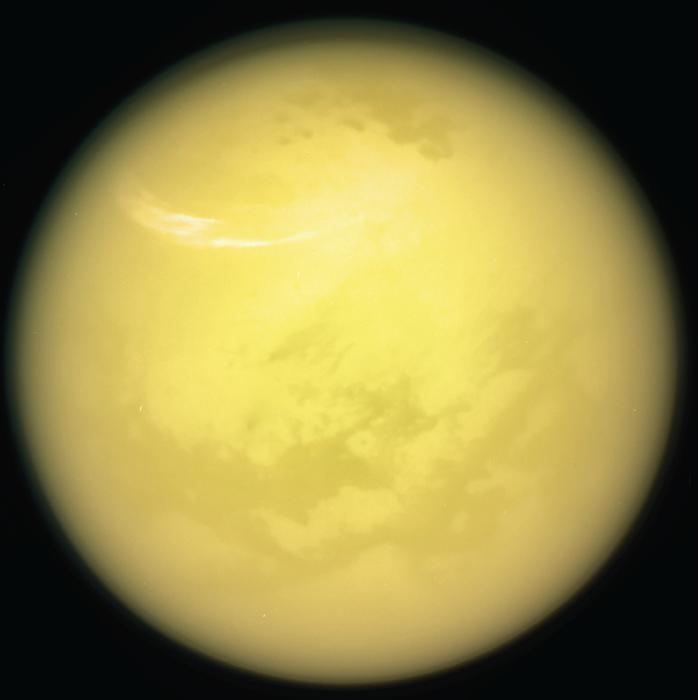Oct 25, 2024
DGIST–Jeonbuk National University Joint Research Team Successfully Developed Ultra-Sensitive Electronic Skin Modeled after the Human Brain!
Posted by The Neuro-Network in categories: robotics/AI, wearables
DGIST Professor Youngu Lee and Jeonbuk National University Professor Jaehyuk Lim successfully developed an ultra-sensitive, transparent, and flexible electronic skin mimicking the neural network in the human brain. — Applicable across different areas, including healthcare wearable devices and transparent display touch panels.
